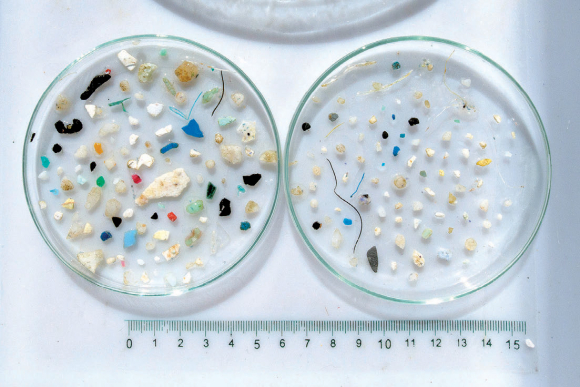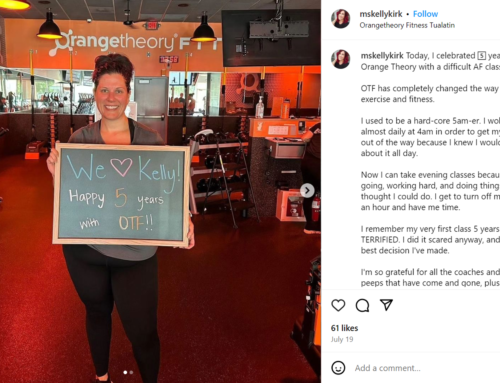“Humans are eating excessive amounts of microplastics.” Deborah Iglesias, professor and vice director of the Department of Ecology and Marine Evolution at the University of California Santa Barbara has sounded this urgent warning for consumers and policymakers. Under the name “The Great Hidden Landfill in the Oceans,” she explained how the acidity of the oceans is being altered by plastics, which affects the ecosystem through phytoplankton and animals.
The Spanish scientist Deborah Iglesias is an expert in the field of microplastics and will therefore participate next week at the United Nations Global Climate Summit in Madrid where she will deliver a conference on the topic.
Iglesias states that “a hair of our head has approximately the same diameter as 10,000 plastic nanoparticles, which are very very small. Organisms such as mussels and clams are continually filtering out seawater and these particles that are accumulating. These molluscs are eaten by larger animals and these microplastics are transferred to other parts of the trophic chain.”
This is how they reach the human being after ingesting this molluscs in which the microplastics are deposited, she explained.
The key is the presence of plastics at sea. To help people understand how these microsubstances are formed, she notes that “we have water bottles. They do not disappear when they erode, but simply do not see them,” as they decompose into microplastics.
As a result, we have 5 tips for avoiding microplastics to reduce their potential harms.
#1 Do not buy products containing microspheres
It’s that simple. We’ve talked about primary microplastics before. Well, if we want to reduce them it is as easy as not consuming products that we know contain these elements. For example, you can opt for organic exfoliating soaps, which do not contain plastic microspheres. To do this, it is necessary to read the labels of the ingredients: if it is indicated that it contains polyethylene, polypropylene or polyethylene terephlate (just to name a few), it is a product to avoid.
#2 Avoid synthetic fabric garments
Another source of microplastics are the particles and fibers that come off the synthetic fabrics when we wash them. In fact, according to a study by the Institution of Mechanical Engineers, 35% of all primary microplastics come from synthetic textiles. Therefore, a good option is to opt for garments made with natural fabric, such as cotton, linen, etc.
#3 Recycling and Reducing
RECYCLE, thus, in capital letters. You know that indecent amounts of plastic are currently manufactured and consumed, and according to some studies, less than 10% is recycled. All this plastic that does not recycle can fragment by generating secondary microplastics, among many other negative effects. So recycling is basic to avoid it.
But as we’ve talked about in other items, recycling can reduce the environmental impact of plastic consumption, but it’s not a real solution. Plastic is expensive to recycle, loses quality during the process, and remains polluting. That’s why whenever we can, we have to reduce the consumption of plastics of all kinds. From food packaging (remember the campaign #DesnudaLaFruta) to utensils or furniture, there is always a greener, plastic-free alternative.
#4 Do not use single-use plastic products
Many single-use plastic products are recyclable but rarely actually come to be recycled. A clear example is plastic straws, plastic cutlery or even ear buds.
#5 Avoid the car whenever possible
In addition to the clearest and most obvious environmental pollution, cars also have a lot to do with microplastics. The IUCN estimates that 28% of microplastics are generated by the abrasion of rubber from vehicle tires.




